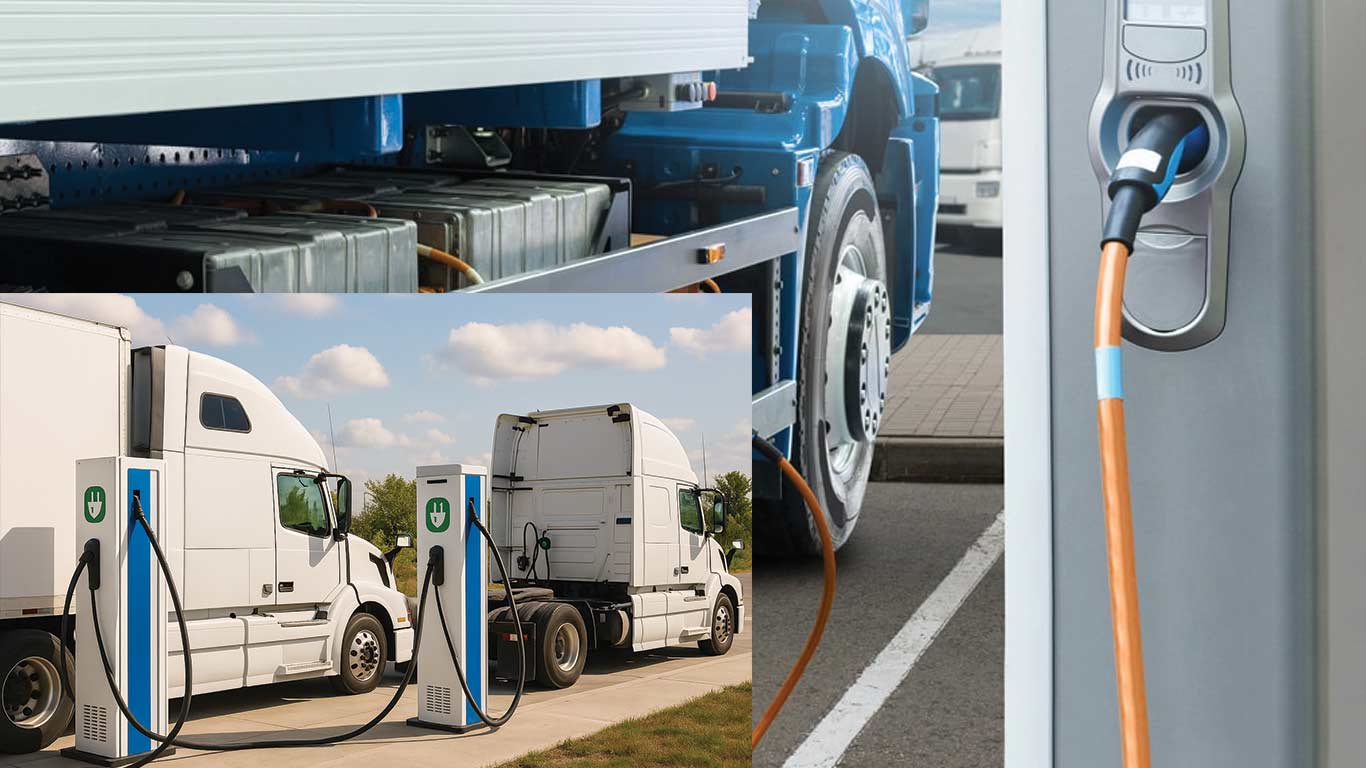New Delhi, Jul 2 (KNN) On Tuesday, the Office of the Principal Scientific Adviser to the Government of India released a new report titled “ZET Adoption in India and Its Impact on Emission and Energy (June 2025)”.
The study takes a close look at how India’s freight sector, especially Medium and Heavy-Duty Trucks (M&HDTs), can transition to Battery Electric Trucks (BETs) to significantly reduce carbon emissions and fuel consumption by 2050.
Freight transport, mostly powered by diesel-run heavy trucks, makes up about 70 per cent of the country’s logistics operations. It also accounts for nearly 40 per cent of fuel use and a large chunk of transportation-related emissions.
With rising freight demand, the report suggests that BETs will likely become the leading zero-emission technology for the sector, especially given the current limitations in green hydrogen infrastructure and affordability.
Developed through a year-long collaborative effort with experts, truck manufacturers, and industry stakeholders, the report uses extensive data from key government sources like SIAM, MoRTH, MoPNG, and MoP.
It outlines possible future scenarios for electric truck adoption and evaluates the associated energy and emission savings. Insights from regional operators and industry leaders added valuable real-world perspectives.
“The switch to zero-emission trucks is essential to cutting greenhouse gases, improving air quality, and boosting energy security. As India works toward its Net Zero target by 2070, electrifying freight will be key to transforming our logistics systems,” said Professor Ajay Kumar Sood, Principal Scientific Adviser to the Government.
The report calls for early support measures such as financial incentives, tailored vehicle models, and reliable charging infrastructure to drive early adoption of BETs. It aims to guide policymakers, industries, and investors in building a greener, more sustainable transport future.
Read the full report here: ZET Report – PSA India
